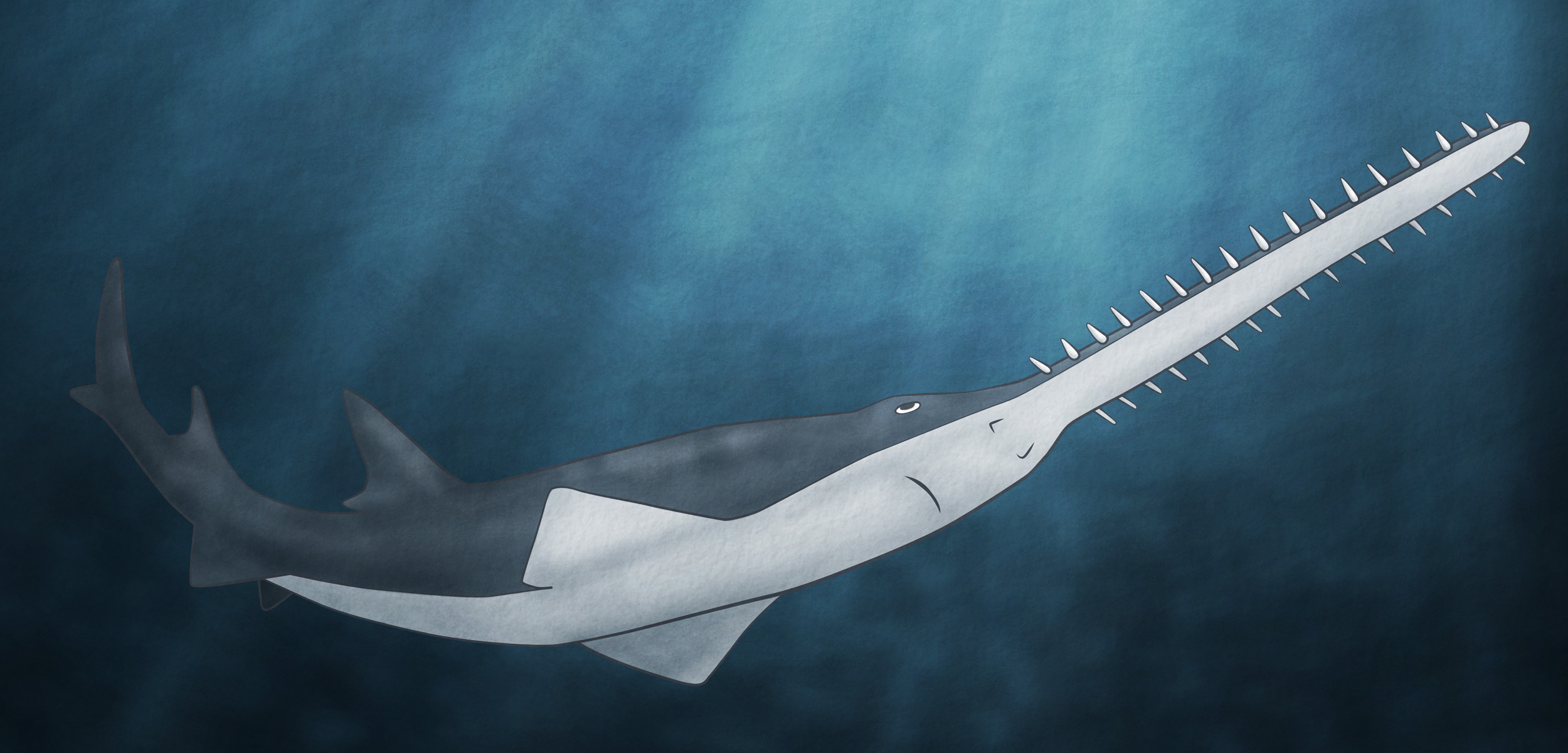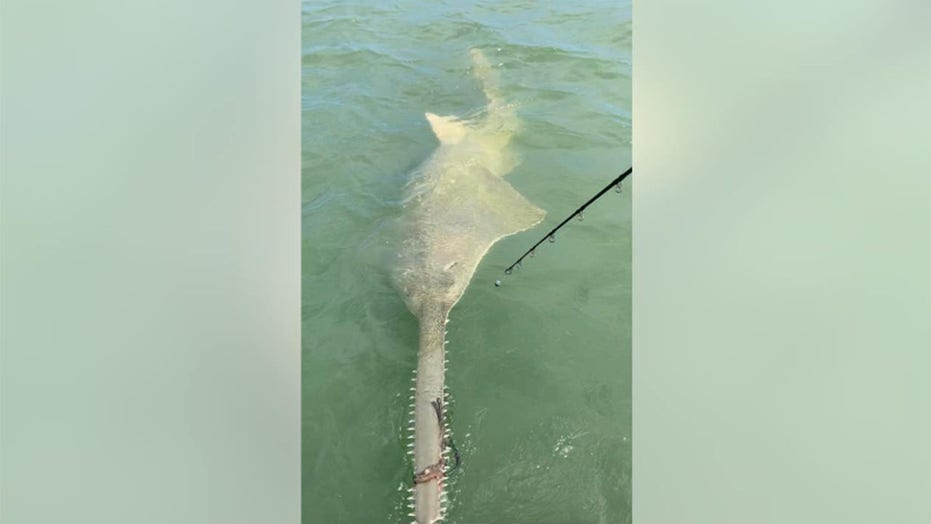

Once they reach approximately 7 feet, they begin moving out of the shallow estuaries into more coastal habitats. During their first 2 years, juveniles live in estuaries and the smaller habitats within them, such as shallow portions of bays, lagoons, and rivers. Smalltooth sawfish use a variety of coastal habitats depending on life stage. However, informal reports suggest they might also be found off the coasts of Honduras, Belize, Cuba, and Guinea Bissau.

Outside the United States, smalltooth sawfish have been confirmed to live in the Bahamas and Sierra Leone (a single confirmed record). In the United States, smalltooth sawfish are most often found off the southwest coast of Florida, from about Charlotte Harbor through the Everglades and Florida Keys region at the southern tip of the state. DPS, worked with a team of scientists and management partners to develop a recovery plan and continue ongoing public outreach efforts. To date, we have designated critical habitat for the U.S. Our scientists and partners use a variety of innovative techniques to study and protect smalltooth sawfish, as there is still much to learn about their life history and distribution.

NOAA Fisheries is committed to protecting and rebuilding smalltooth sawfish. Participating countries strive to strictly protect these animals, conserving and restoring the places where they live, and mitigating obstacles to migration.

The smalltooth sawfish is also listed as a migratory species threatened with extinction (Appendix I) under the United Nations Environment Programme Convention on the Conservation of Migratory Species of Wild Animals.
#SAW FISH HOW TO#
Safe handling and release guidelines have been developed to guide fishermen how to respond when they incidentally capture sawfish or other protected species. However, some fishermen catch sawfish as bycatch (i.e., incidentally while fishing for other species). Under the ESA, it is illegal to catch, harm, harass, or kill an endangered sawfish. DPS of smalltooth sawfish was listed as endangered. distinct population segment (DPS) of smalltooth sawfish as an endangered species under the Endangered Species Act (ESA) in 2003 making it the first marine fish to receive federal protection. In response, NOAA Fisheries listed the U.S. Smalltooth sawfish populations declined dramatically during the second half of the 20th century due to habitat loss associated with coastal development and accidental capture in fisheries. In the United States, they can be found in Florida’s coastal waters. They are most at home in shallow, coastal waters, and sometimes enter the lower reaches of freshwater river systems. Smalltooth sawfish live in tropical seas and estuaries (semi-enclosed areas where rivers meet the sea) of the Atlantic Ocean. Sawfishes get their name from their distinct rostrum-a long, flat snout edged with teeth-that looks like a saw. Although shark-like in appearance, sawfishes are actually rays, as their gills and mouths are found on the underside of their bodies. Elasmobranchs have no bones and their skeletons are instead made of cartilage, a firm tissue more flexible than bone. All sawfishes belong to a group of fish called elasmobranchs that includes rays, skates, and sharks. The smalltooth sawfish is one of five species of sawfishes.


 0 kommentar(er)
0 kommentar(er)
